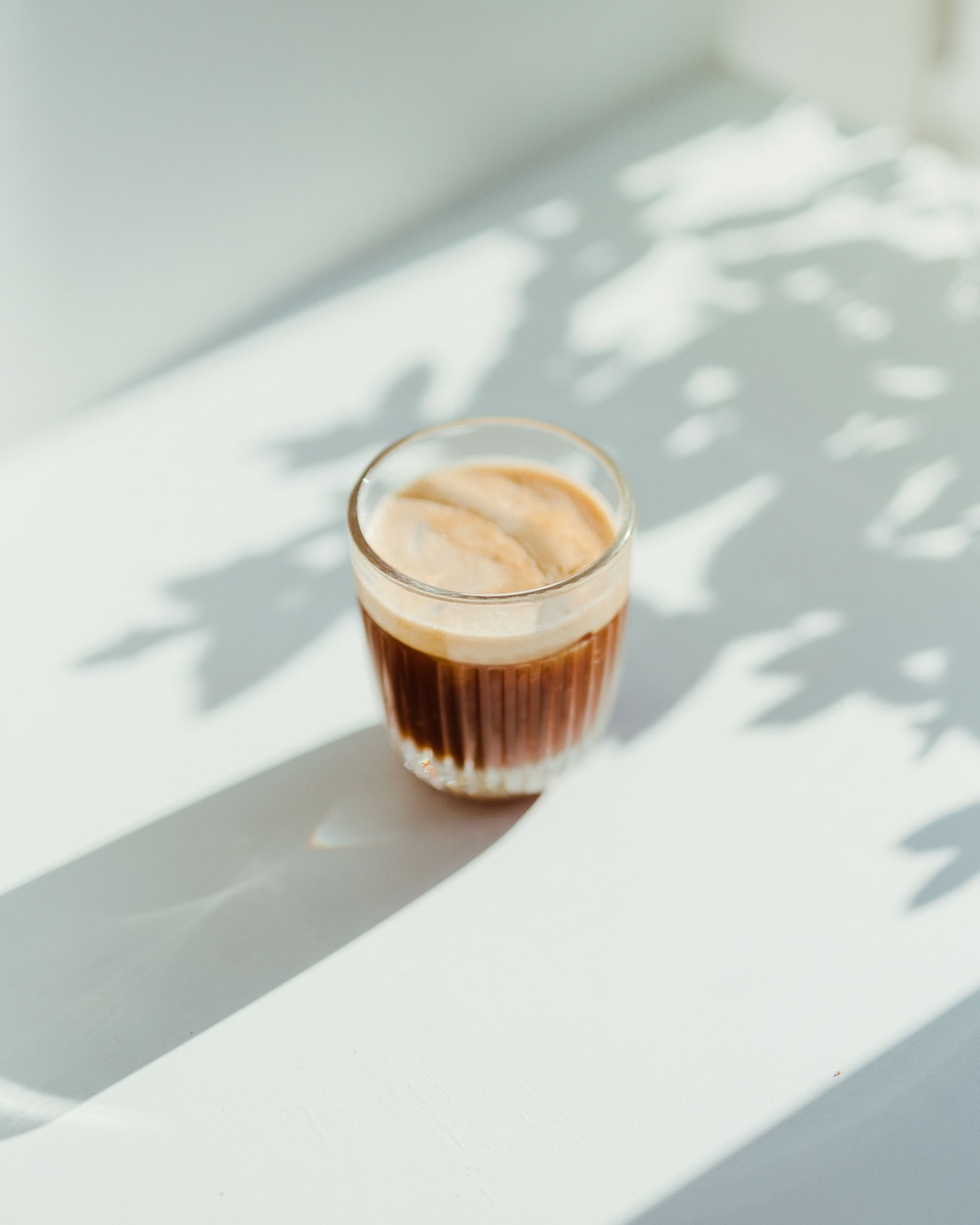Okay, I promise I’m not asking you to have a taste of that bottle of SPF 50. When I say “eat your sunscreen,” I’m talking about enjoying foods that help protect your skin from sun damage! This article discusses which foods to pile on your plate during the sunny summer months to enhance your body’s ability to fend off the aging effects of UV rays. Of course, food is no replacement for applying topical sunscreen or seeking shade or donning those 400%-UV protective shades. Rather, consider your healthy food choices as sunscreen supplementation.

That’s right—as if we needed any more proof that a plant-based diet is awesome, some plant foods can help reduce your chances of experiencing sun damage by providing vital antioxidants and anti-inflammatory good guys that fend off free radical damage and help keep your skin (and other body parts) looking beautiful and healthy. Many of these substances are also present in topical skincare products. Although it’s wonderful that some topical products can give your sunscreen a helping hand, let’s face it–most of us don’t apply our best products to every inch of our bodies, which can leave certain areas more vulnerable to damage. Again, food is no replacement for topical sunscreen, but “eating your sunscreen” may give us a little back up when we miss a spot!
Although it’s wonderful that some topical products can give your sunscreen a helping hand, let’s face it–most of us don’t apply our best products to every inch of our bodies, which can leave certain areas more vulnerable to damage. Again, food is no replacement for topical sunscreen, but “eating your sunscreen” may give us a little back up when we miss a spot!
Best Nutrients in Vegan Foods for Sun Protection
Plant-based squalene. An organic compound most often associated with shark liver oil (no thank you!), squalene is present in plant sources, too—including olive oil, rice bran oil, and amaranth oil. This special substance helps protect eyes’ lens from damage, reducing the risk of developing cataracts later in life. (Cataracts are faulty proteins in the lens of the eye caused by free radicals from both artificial light and sunlight.)
Enjoy raw olive oil in salad dressings.
Resveratrol. Found in red grapes, blueberries, and cocoa powder (yes, chocolate protects skin!), resveratrol is one of the most powerful antioxidants when it comes to preventing tumor growth. It’s also a key player in stimulating and protecting glutathione, an antioxidant naturally produced by the body. Here’s more info on the anti-aging benefits of resveratrol.
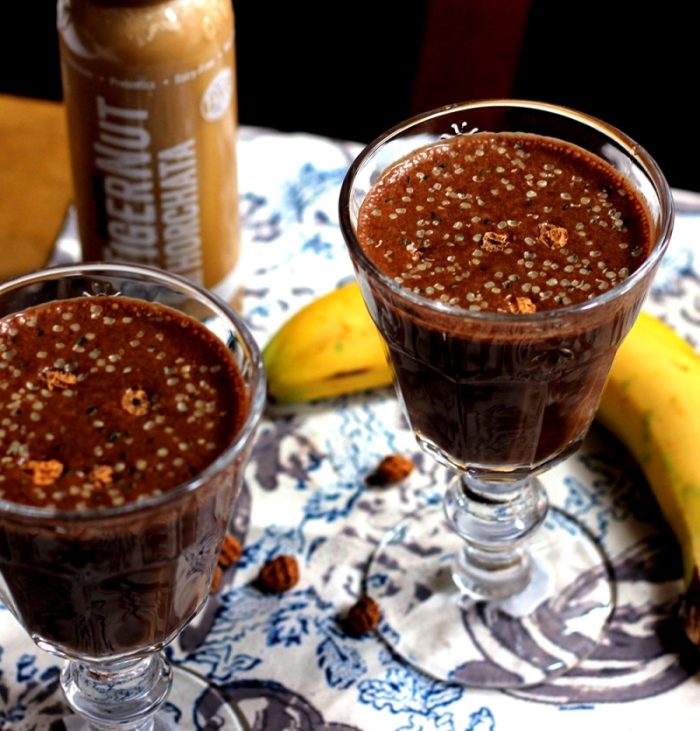
Enjoy a chocolate protein smoothie—and toss some blueberries in the blender for good measure.
Quercetin. This flavonoid is present in black tea, apples, and onions, among other yummy foods. This anti-inflammatory and healing substance helps stimulate the immune system and even offers protection from UVB rays by reducing the production of elastin-degrading enzymes.
Enjoy an apple for your mid-morning snack. Just be sure to get organic, so you can eat the skin, which is where most of the quercetin is!
Ferulic acid. Ferulic acid is found in the bran of rice, wheat, oats, and barley (just one more reason why whole grains rock—they retain the bran!). It’s also in coffee and strawberries. Ferulic acid serves as a UV absorber and helps prevent collagen destruction, glycation (the formation of harmful molecules), and the formation of advanced glycation end products (AGEs). This powerfully protective acid is also an anti-inflammatory.
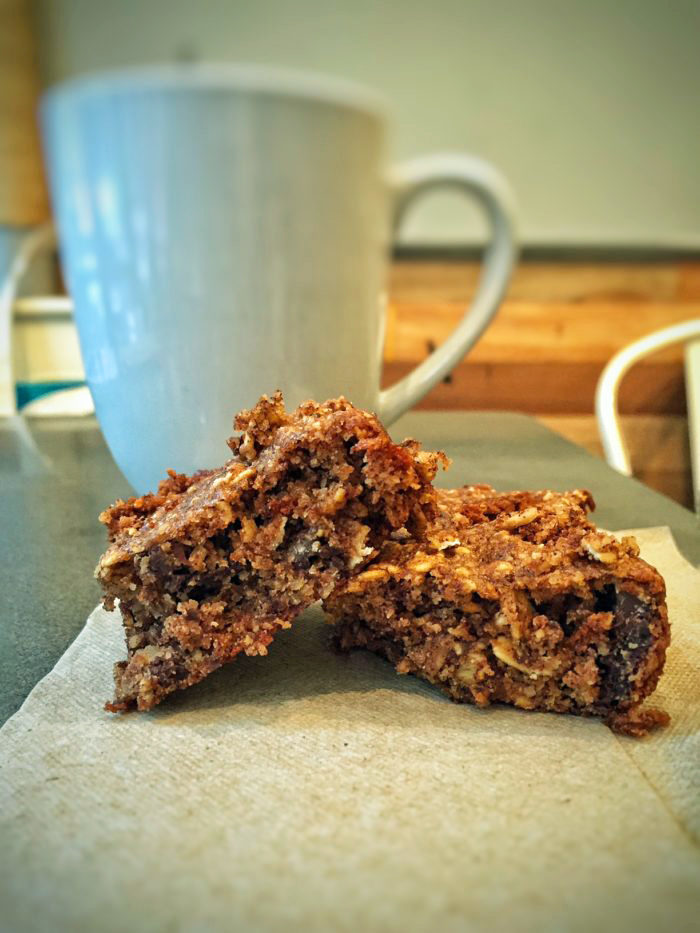
Enjoy one (or two!) of these Choco-Granola Karma Bars, which contain oats. Sun protection never tasted so good!
Carotenes. As the name implies, carotenes are in carrots. This antioxidant can be converted to vitamin A in the liver as needed. It’s also the precursor to retinol—a vitamin A-based ingredient used in anti-aging products to effectively reverse the signs of aging and sun damage.
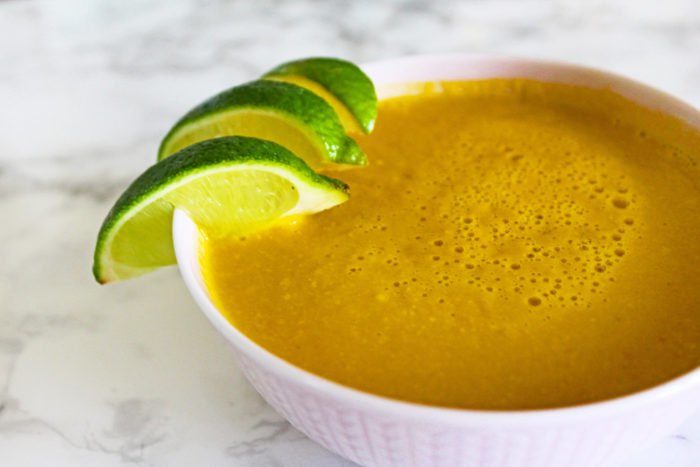
Enjoy a bowl of this Lime Coconut Carrot Soup.
Lycopene. Found in tomato products (and especially in tomato paste, lycopene performs a variety of protective actions for skin. When combined with olive oil, it helps produce collagen (bruschetta never sounded so good!). Lycopene, among other compounds in tomatoes, prevents the formation of pyrimidine dimers (a variety of free radicals) and AGEs. These compounds also inhibit matrix metalloproteinases—enzymes that break down protein (like elastin) in skin, degrading skin’s vital support structure.
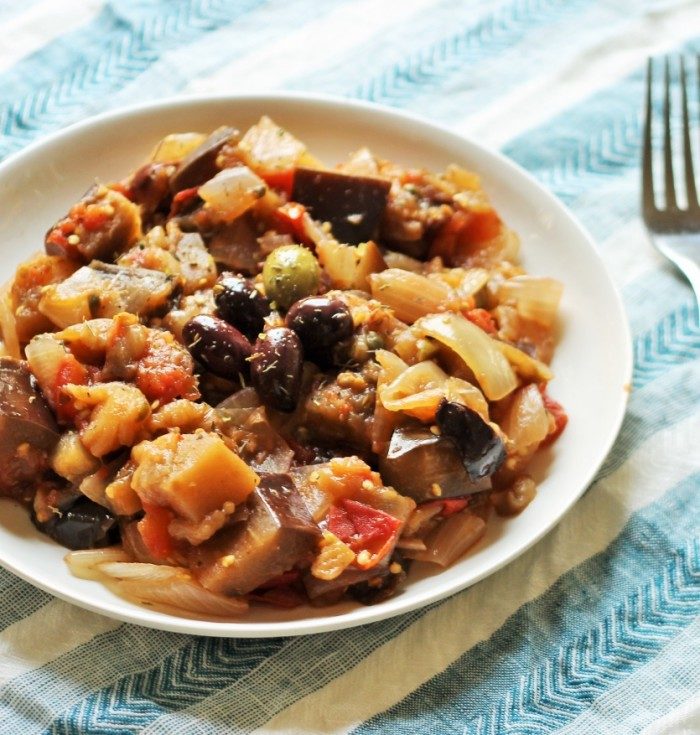
Enjoy Vegan Eggplant Caponata, which contains tomato paste.
Epigallocatechin-3-gallate. This special antioxidant is present in green tea. Celebrated for its anti-cancer properties, epigallocatechin gallate helps stimulate healthy collagen production and reduce oxidative stress on skin caused by UV ray exposure.
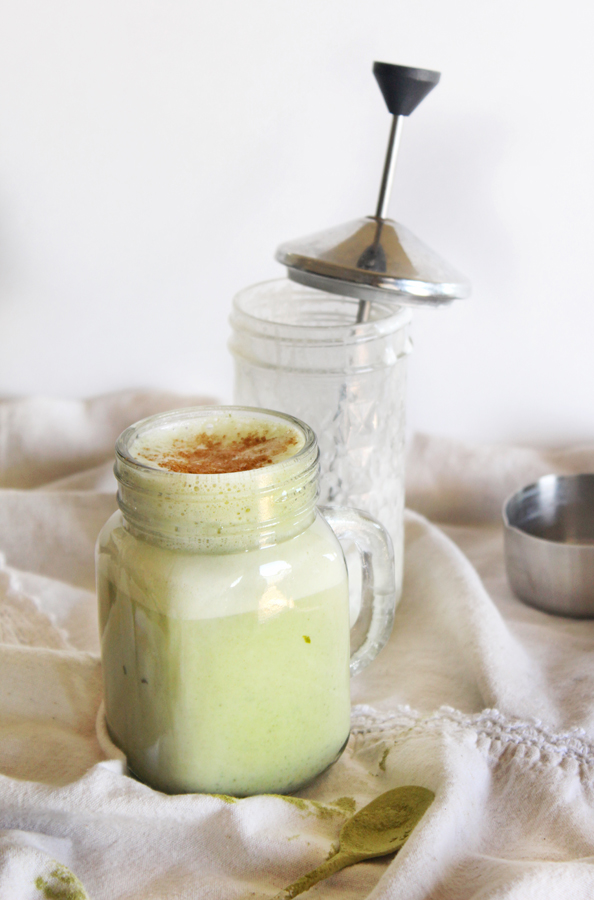
Enjoy a vegan matcha latte or these Vegan Matcha Soba Noodles.
What are your favorite natural ways to protect your skin from sun damage?
Related: The Deal with Sunscreen and Vitamin D
How to Prevent and Reserve Photoaging and Sun Damage
Get more like this—Subscribe to our daily inspirational newsletter for exclusive content!
__
Photo: Pixabay




